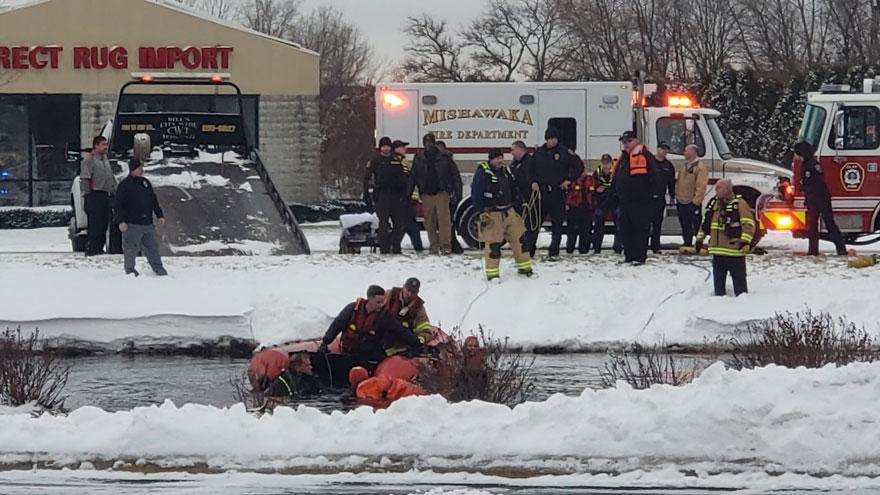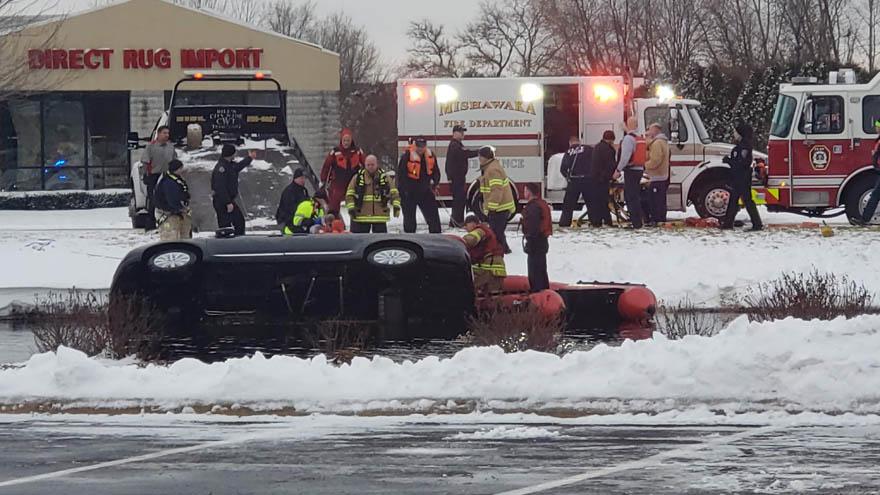9-1-1 center releases update on investigation into submerged van response
Posted: Feb 12, 2020 3:32 PM EST
See Also
Brooke Natalie Kleven, 31, and her 3 month old infant, Hendrix, survived. Kleven's other children in the vehicle, 4-year-old James and 2-year-old Natalie, died.
The 9-1-1 center reviewed their procedures after questions arose about their handling of the calls.
One of the issues reported was confusion over the location of the crash.
The Executive Director of the Public Safety Communications Consortium, which oversees the 9-1-1 dispatch, said while many things were done correctly, there were four key shortcomings:
- The call taker who was communicating with the mother should have immediately implemented an existing protocol that was in place for instructing someone involved in the situation at hand; instead, time was lost in trying to figure out the location of the vehicle which delayed dispatch of first responders ; it is clear, however, that the mother, on her own, attempted to do the steps suggested in the protocol, namely to open windows, get herself and others free, and get people out of vehicle as soon as possible;
- The call taker communicating with the mother muted her line approximately two minutes into the incident while she sought assistance on the call; unfortunately, she did not realize her line remained muted while she was giving the instructions prescribed within the protocol. The call taker attempted to resume communication with the mother; again, the mother continued to do the right things to save herself and her children, but this does not excuse failure to unmute the line;
- A second call taker who was communicating with a bystander missed an opportunity to quickly identify the location of the pond on a map view window on the screen of the computer he was using during the call because the map view was obstructed by an unrelated window opened by the call taker and not cleared during the call; and the second call taker miscoded the incident as an accident and not as a vehicle in water. By not pinpointing the pond location and not selecting the water rescue response option, there was a delay in dispatching a dive team. Miscoding would not have occurred if this call taker would have fully utilized computer aided dispatch software to prompt additional questions, with additional instructions;
- During the final moments of the call with the mother, after the call taker finally unmuted her line, the call taker could have given some reassuring or comforting words to the mother, even if such words would have been palliative only.



